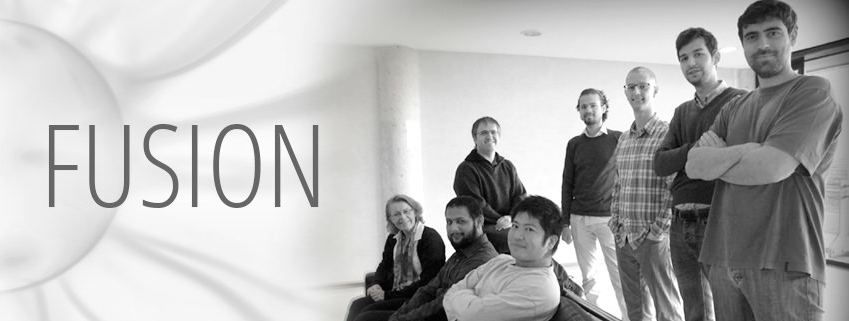
Nuclear fusion is one of the most promising options for generating large amounts of carbon-free energy in the future. It is the process in which atomic nuclei collide together and release energy. It is the heat source of our Sun and all other stars.
The fusion research group at the Department of Computer Applications in Science and Engineering in Barcelona Supercomputing Center works in the numerical modelling of fusion devices in preparation for ITER operation. ITER is an international nuclear fusion R&D project, which is building the world's largest experimental reactor in Cadarache, south of France. ITER aims to demonstrate that fusion energy is scientifically and technologically feasible.
Our main objective is to enhance modelling capabilities in the field of fusion by code validation and optimization, with the long-term goal of helping improve the performance of ITER and future fusion reactors. Our main contributions are optimized numerical models, model validation and improvements through code comparison against international large-scale fusion experiments as well as fusion physics simulations on high-performance supercomputers.
Our main research lines are fast ion modelling with special emphasis on fast ion populations heated by ion cyclotron resonance frequency waves, non-linear magnetohydrodynamical (MHD) simulations of fusion plasmas and improvement and optimization of fusion modelling codes on supercomputers.
We have strong ties to Spanish and international fusion centres and actively participate in the European fusion research programme EUROfusion for Horizon 2020 to reach our goals.
More information: fusion group website
Objectives
- Fusion modelling and simulation
- Provide HPC expertise to the fusion research community
- Enhance the modelling capabilities by code validation and optimisation
- Help improve the performance of present and future fusion devices
- Fusion training and education
